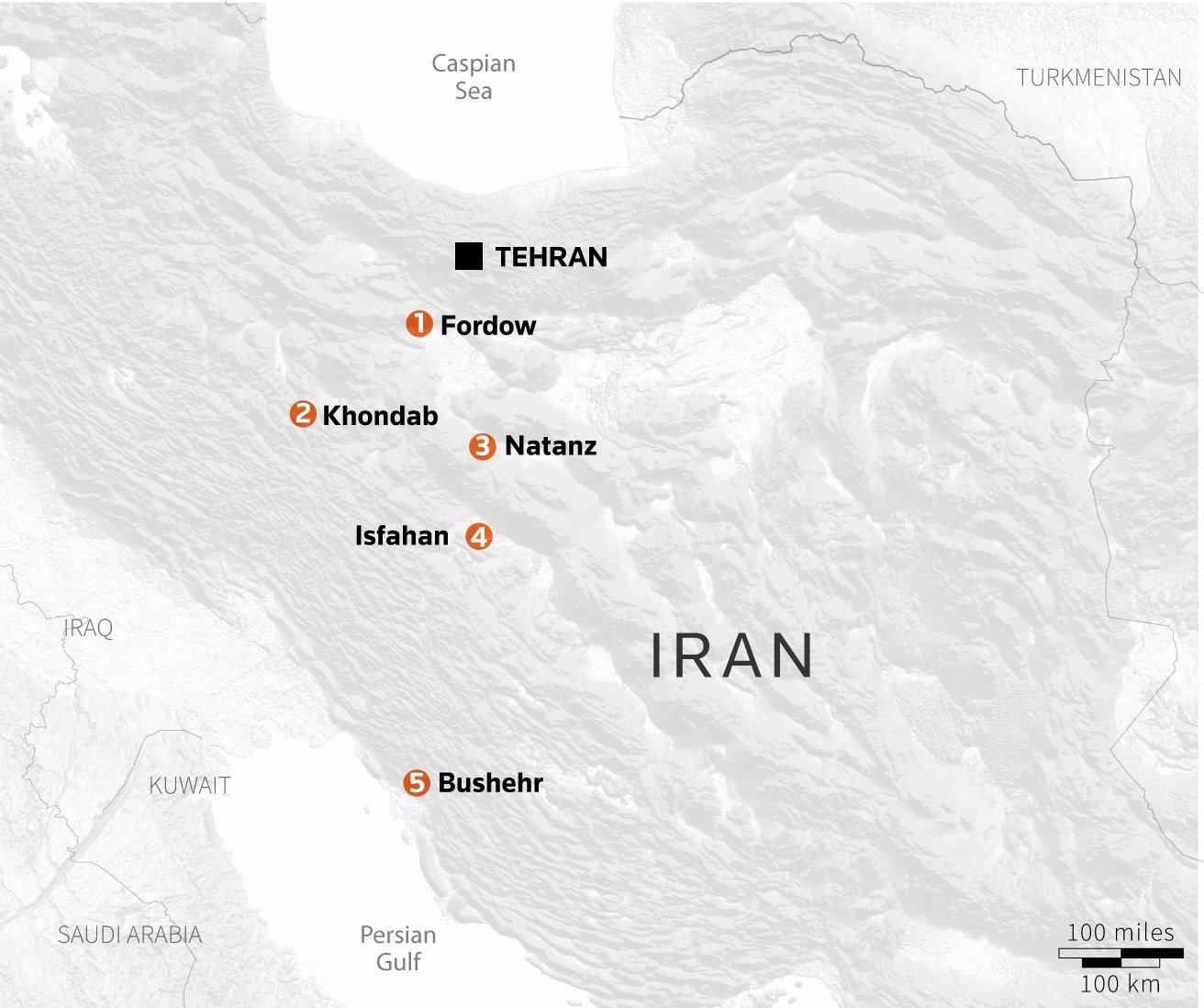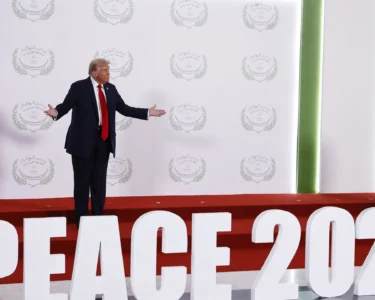by ENZO CARTELLINO
The Israeli attack on Iranian nuclear sites marked a turning point in the Middle East crisis. But the real danger lies in a possible aggressive Iranian response against the United States, with repercussions for energy, markets, infrastructure, and global cybersecurity. This article explores little-explored scenarios: from the vulnerability of strategic supply chains to advanced hybrid warfare.
Recent Israeli operations against Iran's nuclear program-known as "Operation Rising Lion"-have marked a turning point in the long-standing tension between Tehran and Jerusalem. Targeted attacks on strategic nuclear facilities such as those at Natanz, Esfahan and Fordow (a uranium enrichment facility dug more than 80 meters deep to withstand bombing) have hit Iran's technical capabilities hard.
However, the stakes are not limited to the operational balance of these attacks. In the background, a real possibility is emerging: a direct response by Iran to the United States, Israel's historical ally and the main guarantor of security in the region.
The Iranian reaction: the scenario that may change global balances
A military escalation by Tehran against U.S. targets would have systemic consequences on a global scale.
1. Regional instability and a return to multiple zone conflict
In the event of an Iranian military response, crisis theaters in the Middle East would again become inflamed: Iraq, Lebanon, and Yemen would become epicenters of asymmetric attacks by militias allied with Iran. Israel would find itself pressed on multiple fronts, while U.S. bases in the Gulf would be vulnerable.
2. Energy shocks and global markets
The Strait of Hormuz-through which approximately 20% of the world's oil transits-is the most feared strategic key. Blocking or sabotaging it would cause an immediate rise in crude oil prices, with inflationary consequences for Europe, Asia and the Americas.
3. Financial instability and investment flight
Escalation would generate financial turmoil in global markets. Investors would take refuge in safe assets (gold, the dollar, U.S. stocks), causing capital flight from emerging markets, already tested by post-pandemic stagnation.
Less visible vulnerabilities
A. Strategic supply chains: drugs, technologies and civil logistics
In addition to oil, tensions in the Gulf would hit crucial trade routes for global distribution of raw materials such as lithium, semiconductors, electronic components, and life-saving drugs. The 80% of naval supplies between Asia and Europe passes from the Arabian Sea through Hormuz: even partial disruption, due to naval mines or missile attacks, would cripple electronic industries, hospitals and strategic sectors in Italy as well.
B. Cyber warfare and hybrid threats: the invisible front
One emerging front is that of hybrid warfare. In the event of a U.S. attack or further military humiliation, Tehran could activate its cyber warfare units (such as the Iranian Cyber Army) to strike power grids, civilian infrastructure, hospitals, or airport systems in the West. Several NATO reports already indicate attempts to infiltrate defense-related communications and logistics hubs. A crippling cyber war is less spectacular today, but far more likely than a classic nuclear war.
Diplomacy suspended, time exhausted
Tehran continues to oscillate between diplomatic openness and the temptation of military response. The losses suffered and domestic pressure for a strong response could push the regime to a demonstration act directly involving the United States.
Washington, for its part, is divided between those who call for firmness and those who fear the risk of dragging the entire world into a new "Middle East quagmire." The European allies, while in favor of restraint, do not have the necessary leverage to stop the spiral.
The Israeli-Iranian conflict has crossed the symbolic threshold and entered a real operational phase. Israel has struck with surgical precision, but Iran retains margins for reaction. If this were to involve the United States directly, the whole world would pay the price: not only in terms of energy and financial stability, but also in its logistical, health and technological infrastructure.
The risk today is not just the war that is seen, but the war that is propagated in the binary codes of critical systems and the invisible routes of global markets. That is where the future is at stake.





